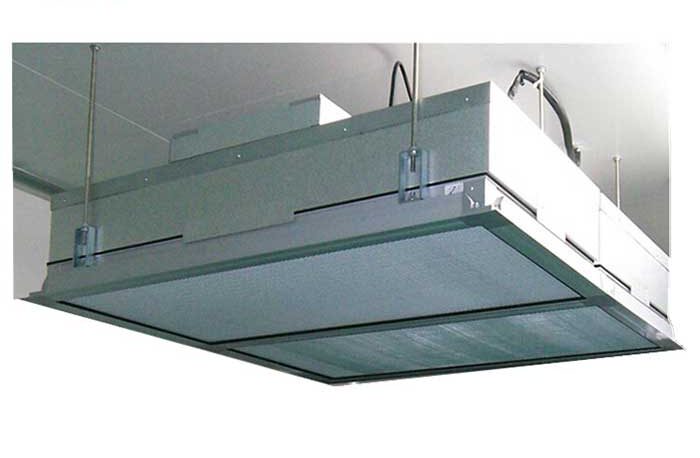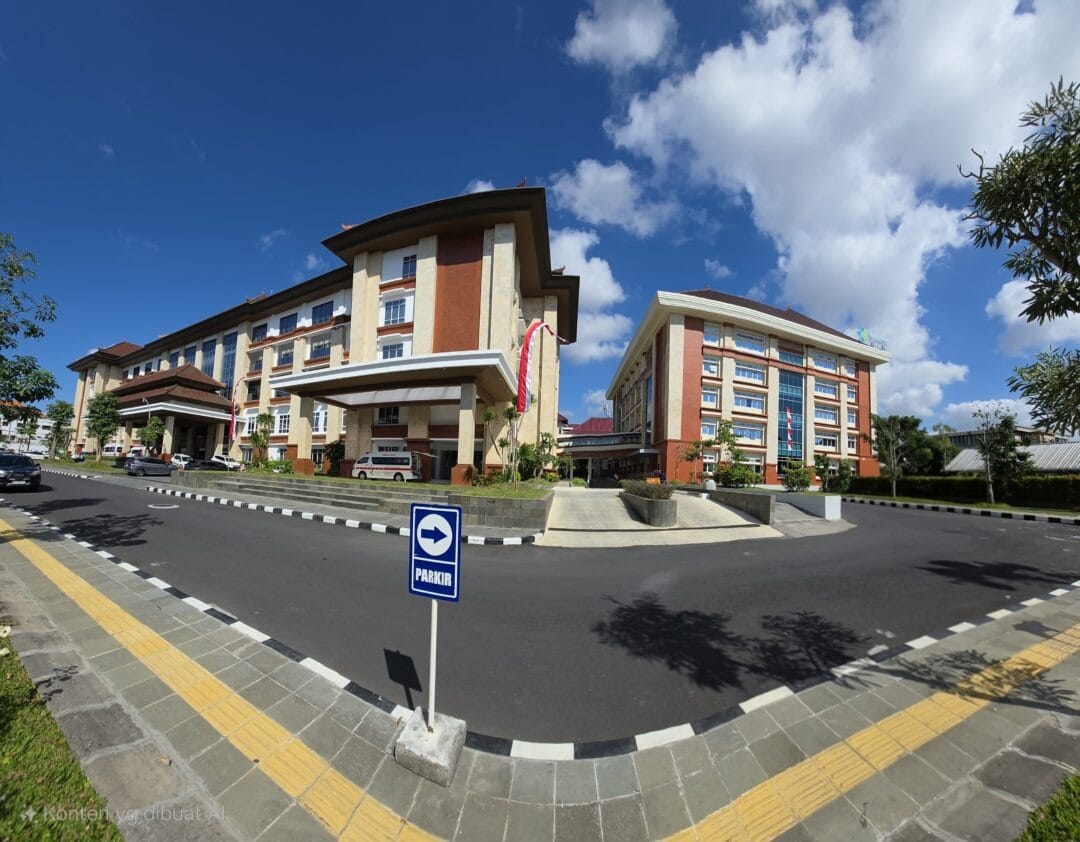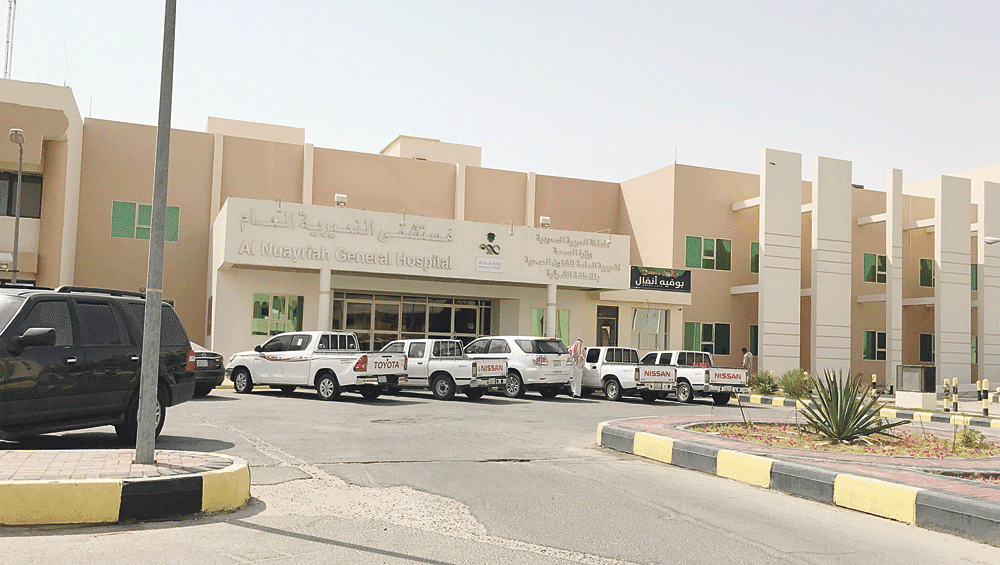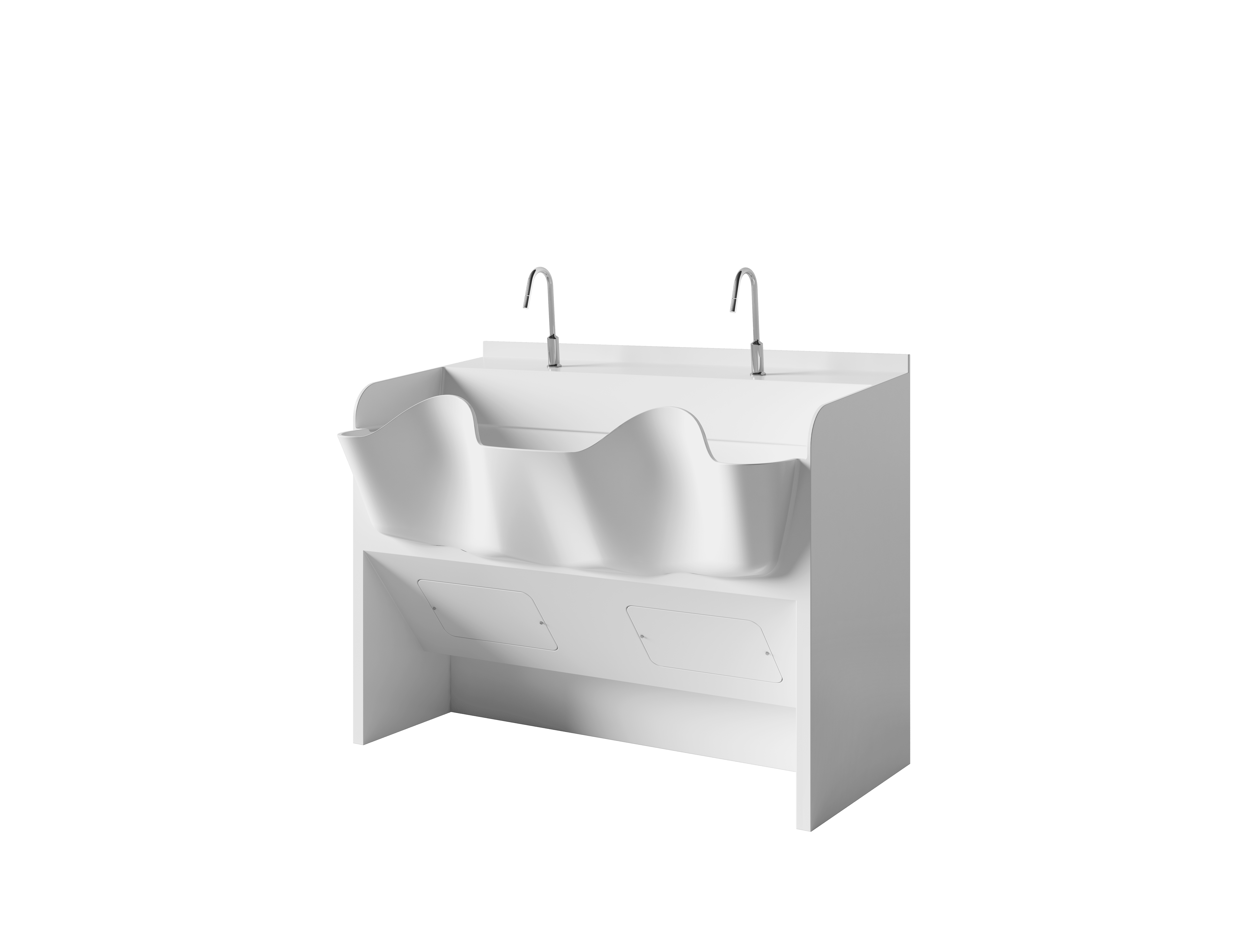
Understanding Air Handling Units (AHUs)
Air Handling Units (AHUs) are crucial components in the management of indoor air quality and temperature control in various environments, particularly within healthcare facilities. These systems are responsible for regulating and circulating air as part of the building’s heating, ventilating, and air-conditioning (HVAC) system. An AHU typically consists of several main components, including fans, filters, dampers, heating and cooling coils, and controls. Each of these elements plays a vital role in ensuring that the air quality remains optimal for patients and healthcare workers alike.
The fans within the AHUs are instrumental in moving the air throughout the building, while filters remove particulates and contaminants, ensuring that the air being circulated is clean and safe. In healthcare settings, the importance of effective filtration cannot be overstated, as airborne pathogens can pose a significant risk to vulnerable patient populations. Dampers are utilized to control airflow, enabling the system to maintain specific temperature and pressure conditions, which are essential for the operations of hospitals and surgical units.
Heating and cooling coils further enhance the climate control capabilities of AHUs, allowing for precise temperature adjustments that cater to the diverse needs of different areas within a healthcare facility. For example, operating rooms often require strict temperature and humidity levels to ensure both patient safety and the efficacy of surgical procedures. The use of AHUs in these settings is paramount, as they support stringent infection control measures by regulating air changes and preventing the transmission of airborne diseases.
Moreover, the ability of AHUs to effectively maintain indoor air quality contributes to the overall comfort and well-being of both patients and staff. In a hospital, where the stakes are particularly high, the role of these units cannot be overlooked. Overall, understanding the function and components of AHUs is critical, as they form the backbone of a safe and efficient healthcare environment.
Key Differences Between Commercial AHUs and Hospital AHUs
Air Handling Units (AHUs) serve a critical function in maintaining the environment within various settings. However, the design and operational requirements of commercial AHUs significantly differ from those of hospital AHUs, primarily due to the specialized needs of healthcare facilities. One of the foremost distinctions lies in airflow rates. Hospital AHUs are engineered to accommodate higher airflow rates, which are essential for diluting contaminants and ensuring a sufficient supply of clean air in highly sterile and sensitive environments such as operating rooms.
Filtration standards represent another key difference. Commercial AHUs typically utilize standard filters, which may not be adequate for healthcare environments where airborne pathogens and particulate matter pose serious risks. Hospitals require AHUs that meet strict filtration standards, often utilizing High-Efficiency Particulate Air (HEPA) filters capable of trapping 99.97% of particles sized 0.3 microns or larger. This high level of filtration is crucial in minimizing infection rates amongst surgical patients and reducing the presence of allergens and pollutants.
Temperature control and humidity regulation are similarly imperative in the healthcare sector. Hospital AHUs need to provide precise temperature and humidity control to promote patient comfort and support various medical procedures. In contrast, commercial AHUs may operate adequately with a broader range of temperature and humidity variations. Furthermore, hospitals often require specialized features in their AHUs designed to prevent contamination, such as dual-path systems and negative pressure zones that prevent the circulation of contaminated air.
These discrepancies in design and functionality between commercial and hospital AHUs underscore the importance of tailoring air handling solutions to meet the stringent demands of healthcare environments. The proper implementation of these systems significantly impacts patient safety, operational efficiency, and environmental control within hospitals.
The Importance of AHUs in Operating Rooms and Surgical Environments
Air Handling Units (AHUs) play a pivotal role in operating rooms and surgical environments, where the highest standards of air quality and environmental control are paramount. In such sensitive settings, the need for enhanced filtration systems becomes crucial in order to effectively remove airborne pathogens and particulates. The prevalence of surgical site infections necessitates rigorous air purification measures; therefore, AHUs must be equipped with high-efficiency particulate air (HEPA) filters that can capture 99.97% of particles as small as 0.3 microns.
Temperature and humidity control are also vital in maintaining patient comfort and ensuring optimal working conditions for surgical teams. Operating rooms must maintain a specific temperature range, typically between 18 to 25 degrees Celsius, alongside humidity levels of 20% to 60%. Effective regulation of these parameters not only contributes to patient comfort but also aids in preserving the effectiveness of sterile instruments and limiting the growth of microorganisms. AHUs equipped with precise controls and monitoring systems are essential for achieving this delicate balance.
Moreover, proper ventilation in surgical environments significantly impacts surgical outcomes. Inadequate airflow can lead to a higher accumulation of contaminants, which may compromise patient safety during procedures. AHUs must provide sufficient air exchanges per hour to meet guidelines set forth by authoritative standards such as the American Society of Heating, Refrigerating and Air-Conditioning Engineers (ASHRAE). These guidelines specify that operating rooms should have a minimum of 15 air changes per hour, emphasizing the importance of compliant AHUs in sustaining air quality and reducing infection risks.
In conclusion, the integration of advanced filtration systems, effective temperature and humidity control, and adherence to established regulatory standards are essential attributes of AHUs in operating rooms. Their role in promoting a safe and sterile environment directly correlates with patient outcomes, highlighting the necessity of properly functioning AHUs in healthcare settings.
Future Trends and Innovations in AHU Technology for Healthcare
As healthcare facilities continue to evolve, the technology behind air handling units (AHUs) is also advancing to support improved air quality and patient care. One of the most promising trends is the integration of smart technologies in AHUs. These smart systems utilize advanced sensors and controls that allow for real-time monitoring of air quality parameters such as temperature, humidity, and particulate matter. This responsiveness ensures that the indoor environment can be adjusted quickly to meet the varying needs of patients and medical staff, thereby enhancing the overall safety and comfort in hospitals and surgical settings.
Moreover, the rise of the Internet of Things (IoT) has led to a significant transformation in AHU functionality. IoT-enabled AHUs are now capable of transmitting data about their operation and environmental conditions directly to a centralized management system. This innovation not only streamlines maintenance procedures by notifying staff of potential issues before they escalate but also provides valuable insights into energy consumption patterns. The resulting data analytics allow healthcare facilities to make informed decisions regarding their HVAC systems, ensuring optimal operation while minimizing energy costs.
Another key trend is the design of energy-efficient AHUs that comply with the latest environmental standards. These innovative systems incorporate advanced filtration technologies and heat recovery solutions, which contribute to lower energy consumption and reduce the carbon footprint of healthcare facilities. As hospitals face increasing pressure to operate sustainably, these energy-efficient designs serve as an effective strategy for balancing operational costs with environmental responsibilities.
In summary, the future of air handling units in healthcare is characterized by a blend of smart technology integration, IoT advancements, and energy-efficient designs. These innovations not only aim to lower operational costs but also enhance the air quality that is critical in promoting long-term health outcomes for patients in hospitals and surgical environments.









